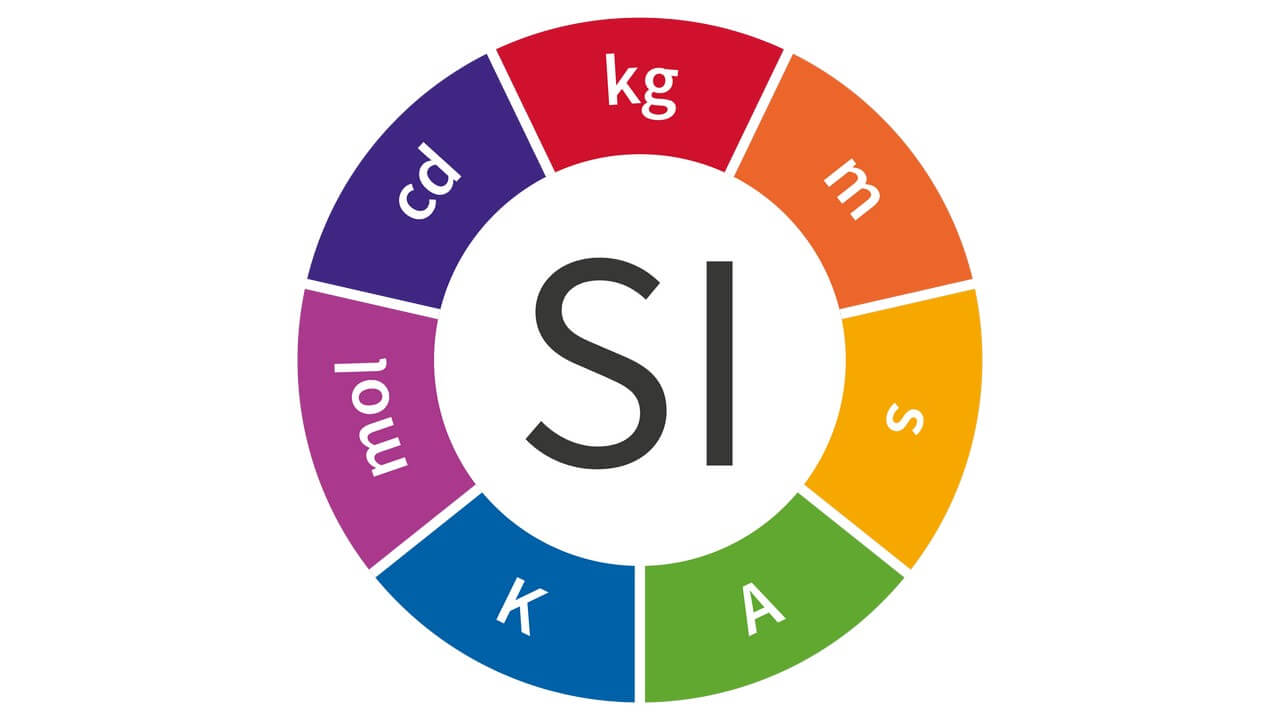Units of Measurement
The International System of Units, sometimes abbreviated as SI, is the measurement system officially adopted almost everywhere in the world. It consists of a set of seven base units that include second, metre, kilogram, ampere, kelvin, mole, and candela. These units allow an unlimited number of additional derived units, through which it is theoretically possible to measure everything in the universe. In addition to these units, there are others that can measure the same quantities. The distance and size of things can be measured in meters, but also converted in kilometres, miles, feet, inches or light years.
Units of measure that derive from base units
This list presents a set of 22 derivative units that have been assigned a name and respective symbol, which can be obtained by combining the base units.
Quantity Name | Unit Symbol | Unit Name | In SI Base Units |
|---|---|---|---|
| Absorbed Dose (of Ionising Radiation) | Gy | Gray | m2⋅s−2 |
| Capacitance | F | Farad | kg−1⋅m−2⋅s4⋅A2 |
| Catalytic Activity | kat | Katal | mol⋅s−1 |
| Electric Charge | C | Coulomb | s⋅A |
| Electrical Conductance | S | Siemens | kg−1⋅m−2⋅s3⋅A2 |
| Electrical Potential Difference (Voltage), emf | V | Volt | kg⋅m2⋅s−3⋅A−1 |
| Energy, Work, Heat | J | Joule | kg⋅m2⋅s−2 |
| Equivalent Dose (of Ionising Radiation) | Sv | Sievert | m2⋅s−2 |
| Force, Weight | N | Newton | kg⋅m⋅s−2 |
| Frequency | Hz | Hertz | s−1 |
| Illuminance | lx | Lux | m−2⋅cd |
| Inductance | H | Henry | kg⋅m2⋅s−2⋅A−2 |
| Luminous Flux | lm | Lumen | cd⋅sr |
| Magnetic Flux | Wb | Weber | kg⋅m2⋅s−2⋅A−1 |
| Magnetic Flux Density | T | Tesla | kg⋅s−2⋅A−1 |
| Plane Angle | rad | Radian | m/m |
| Power, Radiant Flux | W | Watt | kg⋅m2⋅s−3 |
| Pressure, Stress | Pa | Pascal | kg⋅m−1⋅s−2 |
| Radioactivity (Decays per Unit Time) | Bq | Becquerel | s−1 |
| Resistance, Impedance, Reactance | Ω | Ohm | kg⋅m2⋅s−3⋅A−2 |
| Solid Angle | sr | Steradian | m2/m2 |
| Temperature Relative to 273.15 K | °C | Degree Celsius | K |

